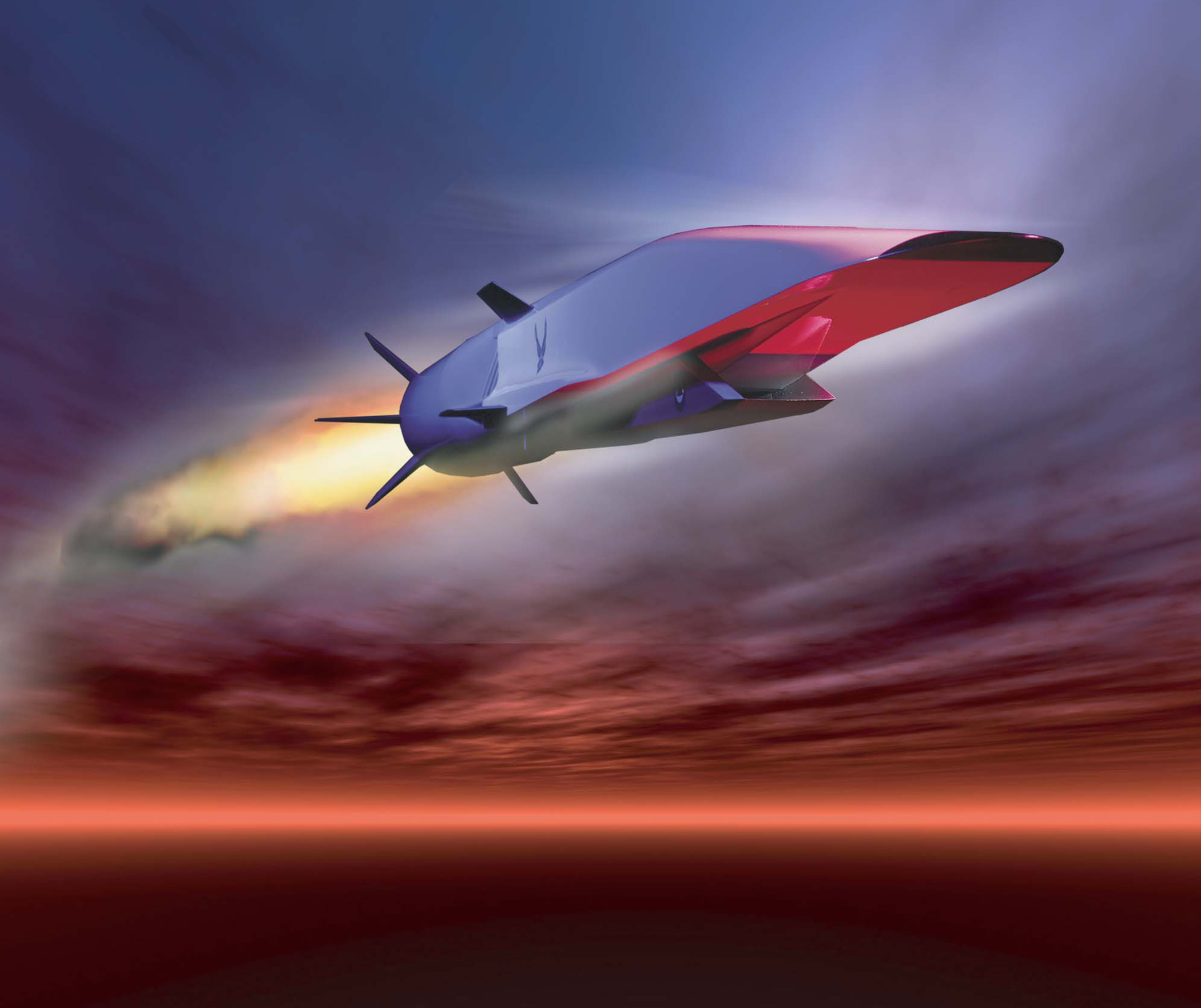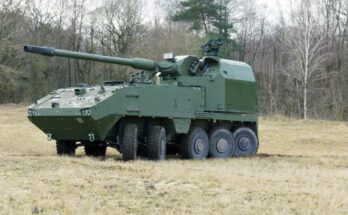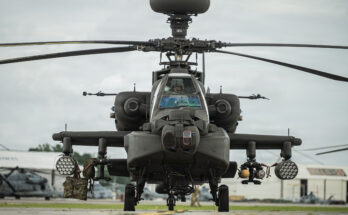
Governments around the world are scrambling to acquire hypersonic missiles, seen as the “must-have” weapon for winning future wars. Russia has used its Kh-47 Kinzhal hypersonic missile in combat against Ukraine. China claims it has multiple hypersonic missiles in service, including the DF-17 and DF-26. Yet hype is colliding head-on with reality.
The Kh-47 missile has not secured victory for Russia. In fact, Ukraine claims its U.S.-built Patriot air defense systems have intercepted the missile on multiple occasions. As for China, independent confirmation of the operational status of its hypersonic missiles remains lacking. Beijing might have a “handful” of hypersonic missiles in service — or perhaps only prototypes. More cynical reports even refer to China’s hypersonic missiles as “parade floats.”
As it tries to catch up, the United States is pouring billions of dollars into hypersonic missile development. Yet the high costs of these efforts are already claiming casualties.
Recently, the U.S. Navy terminated its Hypersonic Air-Launched Offensive Anti-Surface Warfare (HALO) missile program due to rising costs and budgetary constraints. HALO was not even the most expensive hypersonic missile program pursued by the United States; the Navy will instead focus its available funding on slower systems, such as the AGM-158C Long Range Anti-Ship Missile (LRASM).
Before the HALO announcement, the U.S. Air Force had already said it would complete prototype development of the Air-Launched Rapid Response Weapon (ARRW) but would not pursue procurement.
The cost of acquiring new hypersonic missiles will be steep. Procuring 385 hypersonic missiles could cost the United States more than $12 billion. For comparison, building 50,000 M4 Sherman series tanks during World War II cost around $3 billion (in 1945 dollars) — approximately $54 billion when adjusted for inflation.
If diverted to other programs today, that level of funding could purchase 170,000 guided bomb units, 2.5 million 155mm artillery shells, 200 million 5.56mm rounds, or more than 170 F-16 fighters. Any future war might require thousands of hypersonic missiles. Given the potentially prohibitive costs and their negative impact on other weapons programs, paying a future enemy to “take a dive” might prove to be the more fiscally prudent option.
For more than 35 years, Larry has been involved in research and analytical work for various Forecast International projects. He has contributed to the Airborne Electronics Forecast and was chief editor on the World Aerospace Weekly newsletter. Larry was directly responsible for the creation of World Weapons Review, a biweekly industry market research publication specializing in weapon systems and related material. He was the creator of Unmanned Vehicles Forecast, launched to cover the growing market for civil and military drones, and was involved in the development of the Airborne Retrofit & Modernization Forecast service. He is currently responsible for the Missile Forecast and for FI's two Unmanned Vehicles Forecast services – Airborne Systems and Land & Sea Systems.




